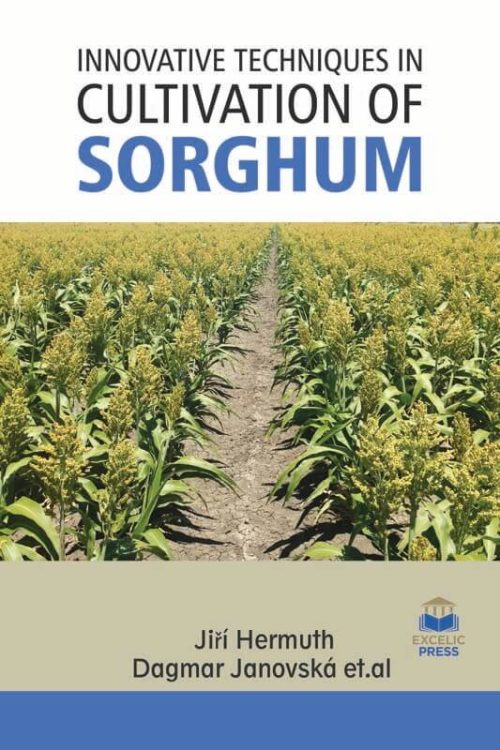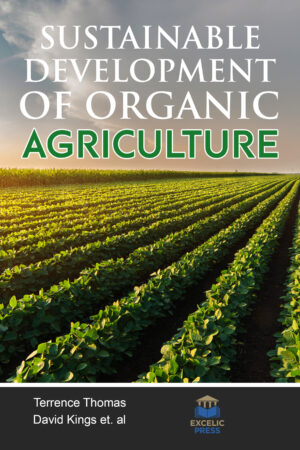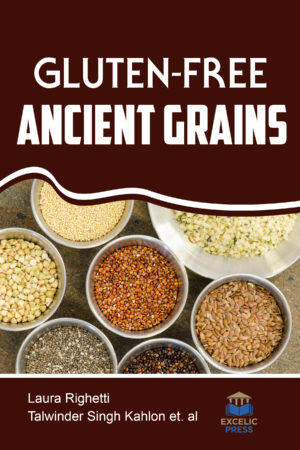Description
Grain sorghum is the fifth most important cereal crop grown in the world. Probably because of its versatility and diversity, sorghum is mainly grown in the arid and semiarid lands (ASALs) of Africa and Asia for rural food security. The future of sorghum enterprise is linked to the contributions of sorghum to food security, income growth, and alleviation of poverty. Currently, sweet sorghum has been one of the most priority crops being considered in producing bioethanol in many countries. The stalk of sweet sorghum contains 75% extract mostly comparable to that of sugarcane, and such a crop is enabled to be grown in poor soil areas and is highly resistant to insects and microbiological diseases. The main impacts on agricultural production are declines in yield, increased crop failure, change in the geographical distribution of some plant species, the occurrence of invasive species, thermophilic diseases and pests, etc. Problems caused by drought and its impact on agricultural production are starting to be serious and urgent.
This book presents state of the art information highlighting the issues in areas like breeding and agronomy, managing and controlling the range of diseases affecting sorghum cultivation as well as post-harvest treatment methods. The book starts with a chapter that discusses the grain quality of foxtail millet and biomass quality in the case of sorghum. In addition, the benefits of cultivation of these two species and current knowledge from a scientific point of view are summarized here. Further, it portrays the effects of sowing time on the growth, development, and productivity of sweet sorghum. It also illustrates productivity and water use efficiency of sorghum grown under different nitrogen applications.
The book succeeds with the effectiveness of selected microbial strains on the growth of sweet sorghum; effects of urine cow dosage on growth and production of sorghum plant on peatland; and rate and timing effects of growth regulating herbicides applications on grain sorghum growth and yield. For purposes of policy implications in efficiency analysis, it is very important to identify factors that influence efficiency. This book, therefore, aims at identifying the farm and farmer characteristics that influence levels of technical efficiency and estimating the marginal effects of these factors among the smallholder sorghum producers. In order for sweet sorghum to be a sustainable energy crop, there is a need to not only breed high yielding varieties but also develop and establish appropriate agronomic practices, including the use of the optimum level of N fertilizer. Therefore a study aimed to assess the effect of nitrogen fertilizer application on the growth and ethanol yield of sweet sorghum varieties. In the closing section, the book presents the applications of grain sorghum as a conundrum for chicken-meat production and sweet sorghum for bioethanol production.
This book will be of an immense valuable guide to students and practitioners working in the associated field and, moreover, may provide new concepts and starting topics for future researches.





